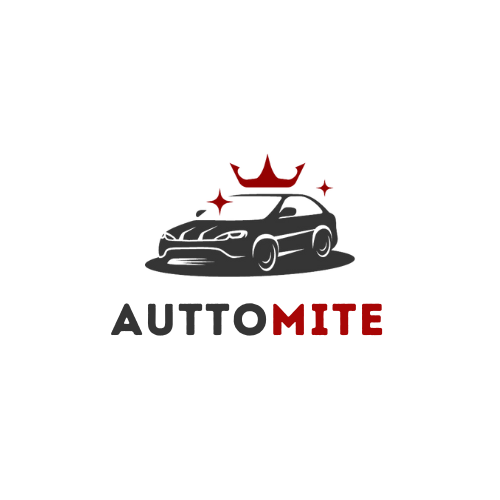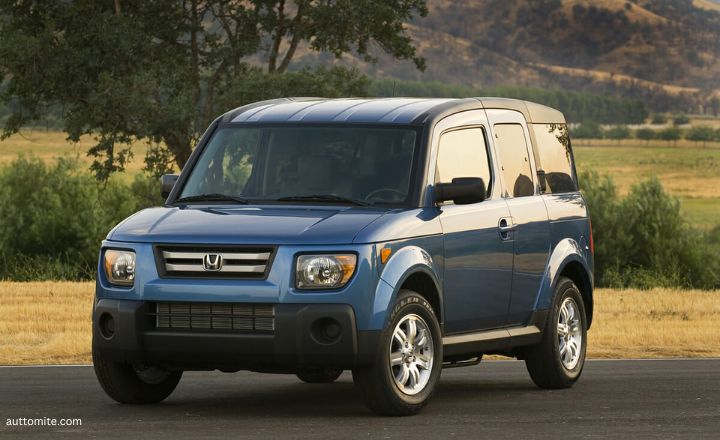Honda Element has a unique boxy design and versatile functionality in the automotive market. We delve into the best & worst Honda Element years from 2003 to 2011, drawing insights from reputable sources such as NHTSA, JD Power, and Kelley Blue Book.
By objectively evaluating features, reliability metrics, and key considerations for each generation of this iconic vehicle, we aim to provide you with a detailed roadmap for navigating the diverse landscape of Honda Element models.
Honda Element Generations:
The Honda Element was first introduced in 2003 and quickly gained popularity for its unique boxy design and versatile interior. Its practical features and spacious cabin offered a refreshing alternative to traditional SUVs. The Element was known for its durable construction and easy-to-clean materials, making it a popular choice for outdoor enthusiasts and pet owners.
| Generation | Years |
|---|---|
| 1st generation | 2003 to 2011 |
This Table provides an overview for potential buyers and enthusiasts. Understanding the different generations of the Honda Element is crucial in making an informed decision.
Honda Element Best, Neutral and Worst Years:
When evaluating the best, neutral, and worst years of the Honda Element, it is important to consider various factors to make an informed decision.
- Owner-reported reliability surveys can provide valuable insights into each model year’s overall performance and longevity.
- Annual maintenance costs should be considered to understand the potential long-term expenses associated with owning a particular year of the Honda Element.
- Safety ratings from organizations such as NHTSA and consumer satisfaction scores.
- Consumer Reports can also offer valuable information on each model year’s quality and satisfaction.
- It may be beneficial to look at JD Power owner ratings and Kelley Blue Book owner ratings to get a more balanced perspective on how each model year compares in terms of overall customer satisfaction and market value.
- VehicleHistory owner ratings and Cars.com owner ratings can also provide additional insights into the performance and reliability of specific model years.
Below is a graph of all combined score ratings for an overview.
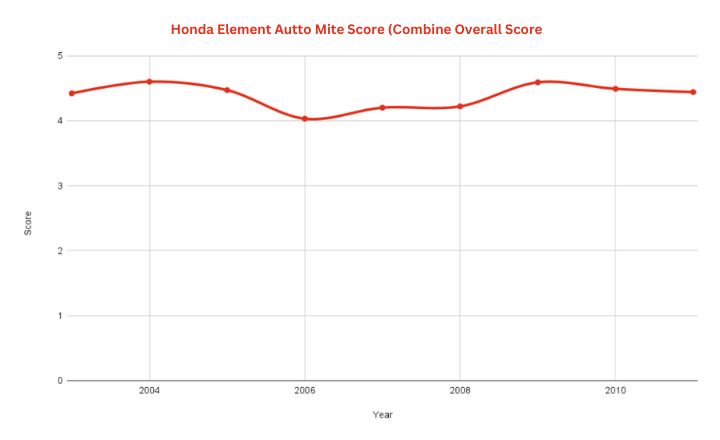
Based on the Upper consideration factors, we categorize the Honda Element into best, neutral, and worst years.
| Best Years | Neutral Years | Worst Years |
|---|---|---|
| 2009, 2010 2011 | 2005 | 2003, 2004, 2006 2007, 2008 |
Neutral Years refer to models that exhibit average levels of reliability and satisfaction without standing out for exceptional performance or significant issues. These vehicles typically fall in the middle range regarding overall quality and dependability.
The NHTSA recalls can impact a car’s reliability score, as more complaints and recalls can result in lower ratings for a particular model. Consumers need to consider both the neutrality of a vehicle and any potential recall history when making purchasing decisions.
Let’s go deep for more information on the best year for Honda Element and which Honda Element years to avoid.
Best & Worst Honda Element Years 1st Generation (2003-2011)
The best years for Honda Element from the 1st generation (2003-2011) are generally considered the later models, specifically 2009, 2010, and 2011. These years saw improvements in engine performance, interior features, and overall reliability. 2003, 2004, 2006, 2007, and 2008 are the worth years.
Honda Element Best Years: 2009, 2010, 2011
The Honda Element underwent significant improvements from 2009 onwards, setting a new benchmark for technological advancements and overall performance. In 2010, its safety features earned it the prestigious title of Top Safety Pick in the Small SUV category, highlighting its commitment to passenger protection.
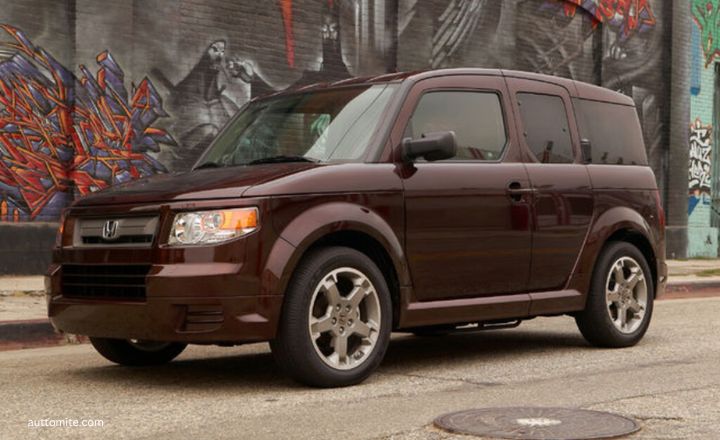
Despite minor issues with the AC and suspension reported by some users, the enhanced infotainment system received high praise for its intuitive functionality.
Ranked number #1 in the small SUV segment by JD Power from 2008 to 2011, the Honda Element solidified its reputation as a top contender in the market.
Owner feedback on VehicleHistory.com also placed it among the top 20 compact SUVs, reflecting widespread satisfaction with its design and capabilities. With a winning combination of innovation and reliability, these model years prove that the Honda Element stands out as a strong choice for those seeking a blend of practicality and technology in their vehicle.
Neutral Year: 2005
The neutral year of 2005 for the Honda Element may have lacked the technological advancements and innovative features seen in other vehicles. It did offer a balanced performance that effectively bridged the challenges faced by its predecessors while laying the groundwork for later models’ refinements.
One notable improvement was the decreased occurrence of windshield problems compared to the troublesome issues experienced with the 2003 and 2004 models. Despite some minor drawbacks, these issues did not significantly impact the vehicle’s overall performance, making it a reliable choice for those prioritising functionality over flashy features.
In a market increasingly saturated with high-tech options, the simplicity of the 2005 Honda Element can be seen as a beacon of reliability for those seeking a no-frills driving experience. While it may not boast state-of-the-art gadgets or cutting-edge innovations, this model appeals to individuals who value practicality above all else.
Honda Element Years To Avoid: 2003, 2004, 2006, 2007, 2008
The early Honda Element models, specifically the 2003, 2004, 2006, 2007, and 2008 versions, faced various challenges that impacted their reliability and performance. The issues with windshield cracks affecting visibility were a common complaint among owners of these vehicles.
The ignition interlock problem in the 2003 and 2004 models led to a significant recall issued by Honda to address safety concerns related to this issue.
While the windshield issues persisted in the later models, such as the 2005 and 2006 versions, they were reported less frequently than their predecessors. In 2007, a new problem surfaced with dashboard failures in some units, leading to non-functional speedometers and lights.
In 2008, Honda faced a significant challenge with vehicle brake issues. This led to a recall of the 2007 and 2008 models in 2010 due to a soft brake pedal problem caused by air entering the VSA pump. The issue resulted in the brake pedal feeling soft or sinking, prompting the necessary action to ensure customer safety and satisfaction.
Honda Element Average Resale Values:
The Honda Element has consistently held its value well in the used car market, appealing to buyers who value its unique combination of practicality and reliability. Recent data shows that the average resale value for a well-maintained Honda Element remains higher than similar vehicles in its class, indicating a strong demand for this versatile SUV. Below is a graph of the Honda Element’s Average Resale Values.
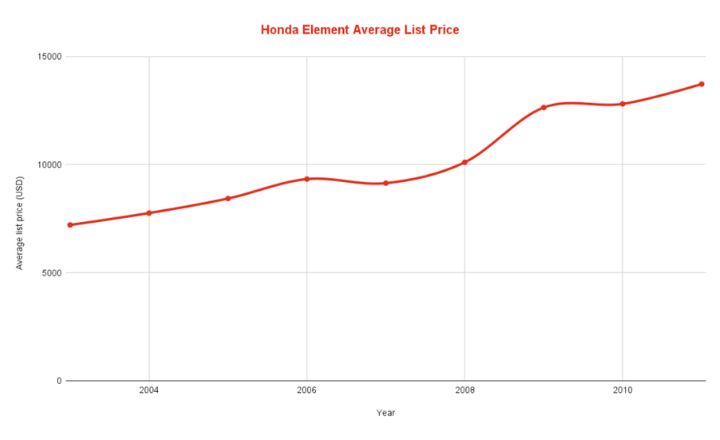
Final Words:
The 2009, 2010, and 2011 models stand out as the best years for Honda Element regarding reliability and overall satisfaction. On the other hand, it is advisable to steer clear of the 2003, 2004, 2006, 2007, and 2008 models due to potential issues and concerns reported by owners. Prospective buyers can make more informed decisions when purchasing a Honda Element by focusing on these recommended years and avoiding those to be wary of.
Remember to conduct thorough research and consider factors such as mileage, maintenance history, and individual preferences before deciding which year to go for.
FAQ’s:
Why did the Honda Element fail?
The Honda Element’s failure can be attributed to several factors, one major reason being its low gas mileage. The model’s fuel efficiency did not meet the strict regulatory targets the U.S. Department of Transportation set for manufacturers’ Corporate Average Fuel Economy (CAFE) standards.
Is the Honda Element a 4 or 6 cylinder?
The Honda Element has a 2.4-litre four-cylinder engine that produces 166 horsepower and 161 pound-feet of torque. This means the Honda Element has a four-cylinder engine, not a six-cylinder one.
